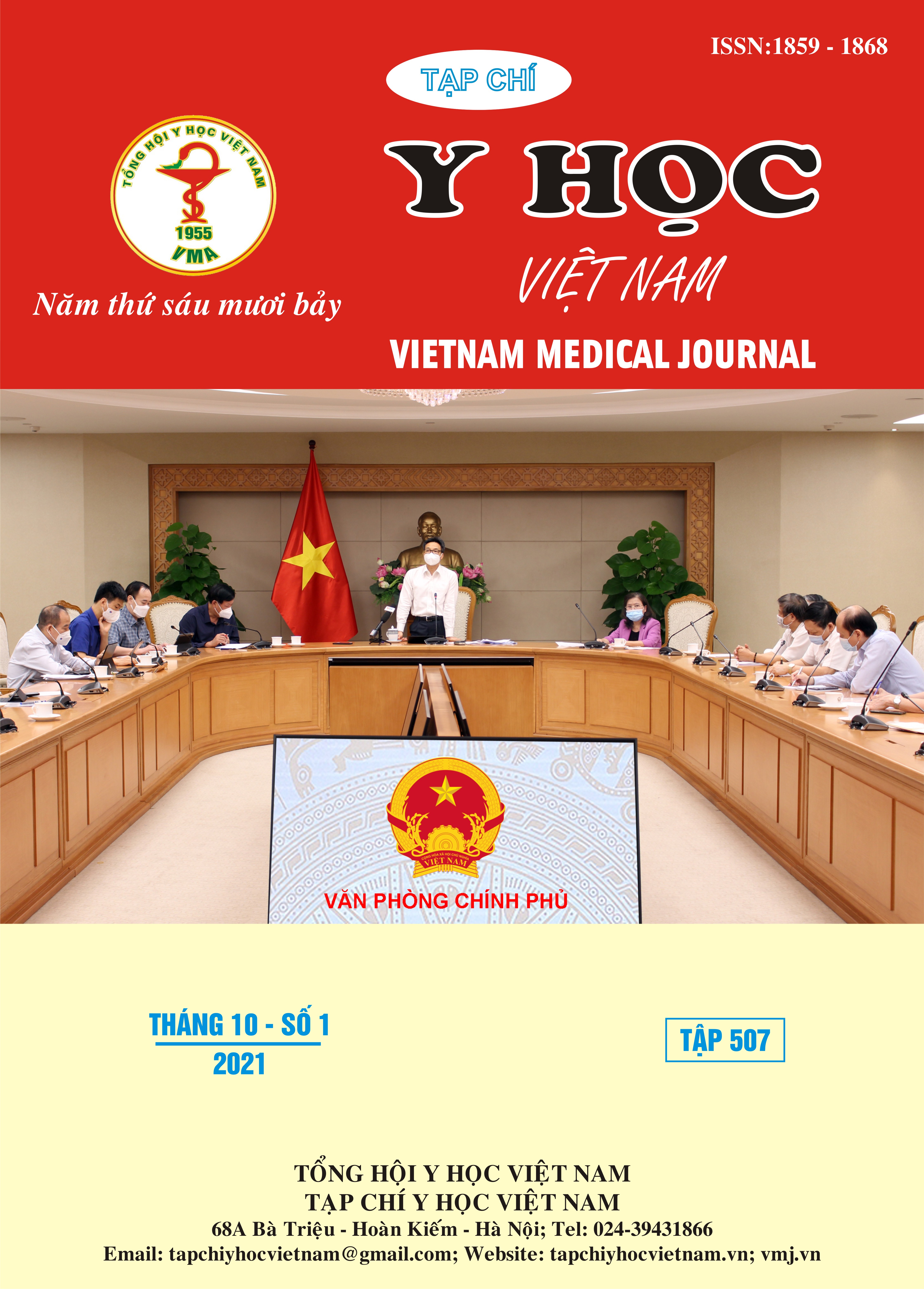EVALUATION OF BEATHINHG EXERCISE THERAPY IN THORACIC TRAUMA PATIENTS WITH CHEST DRAIN AT CARDIOVASCULAR & THORACIC CENTER - VIET DUC UNIVERSITY HOSPITAl
Main Article Content
Abstract
Background: Chest physiotherapy (including breathing exercises therapy) is a mandatory treatment intervention after thoracic surgery as well as after chest trauma with pleural drainage, which is very important to help quickly expel phlegm, blood out of the respiratory tract, prevent lung collapse, help the lungs expand close to the chest wall, contributing to pushing all the blood - air out of the pleural cavity. This study aims to evaluate the status of adherence to therapy with patients after recent chest trauma with pleural drainage. Methods: Cross-sectional-progressive descriptive study: the research results were recorded in the variables: age, sex, associated lesions, compliance status with breathing exercises... Data were collected according to patient samples. Research project for each patient and processed by the SPSS 20.0 software. Results: From June 2020 to November 2020, 98 chest trauma patients with pleural drainage were selected to be included in the study group with the rate of correctly performing all steps of balloon training therapy 76%, followed by therapy pursed-lip breathing is 46%, diaphragmatic breathing therapy has a rate of 27%. Conclusion: Breathing exercise therapy is a very important therapy in the care of patients with chest trauma after surgery to drain the lungs.
Article Details
Keywords
Breathing exercise therapy, thoracic trauma, thoracic surgery
References
2. Fishman AP. (1996), The chest physician and physiatrist: perspectives on the scientific basis of pulmonary rehabilitation and related research. In: Bach JR, ed. Pulmonary rehabilitation: the obstrauctive and paralytic conditions. Philadelphia: Hanley & Belfus,1-1.
3. Aswegen H van (2020). Physiotherapy management of patients with trunk trauma: A state-of-the-art review. S Afr J Physiother.76(1),1406: 1 – 8
4. Vũ Thùy Linh (2010), Nhận xét quy trình chăm sóc dẫn lưu khoang màng phổi trên bệnh nhân chấn thương, vết thương ngực tại khoa phẫu thuật Tim mạch- Lồng ngực bệnh viện hữu nghị Việt Đức Hà Nội, Luận văn tốt nghiệp cử nhân y khoa, Trường Đại học Y Hà Nội.
5. Nguyễn Thị Vân (2016). Nhận xét tình hình thực hiện lý liệu pháp hô hấp ở bệnh nhân chấn thương, vết thương ngực tại bệnh viện hữu nghị Việt Đức, Luận văn tốt nghiệp cử nhân y khoa, Đại học Y Hà Nội.
6. Nguyễn Thị Vân (2013), Đánh giá kết quả chương trình phục hồi chức năng hô hấp cho bệnh nhân dày dính màng phổi sau phẫu thuật bóc vỏ màng phổi, Luận Văn Thạc sĩ y học, Đại học Y Hà Nội.
7. Alfred F. Connors; Willy E Hammon (1980), Chest Physical Therapy: The immediate effect on oxygenation in acutely III patients. In: Chest Physical Therapy. Chest J, 78: 559-564.
8. Aswegen H van, Reeve J, Beach L, Parker R, Olsèn MF (2020). Physiotherapy management of patients with major chest trauma: Results from a global survey. Trauma. 2020;22(2): 133-141.


